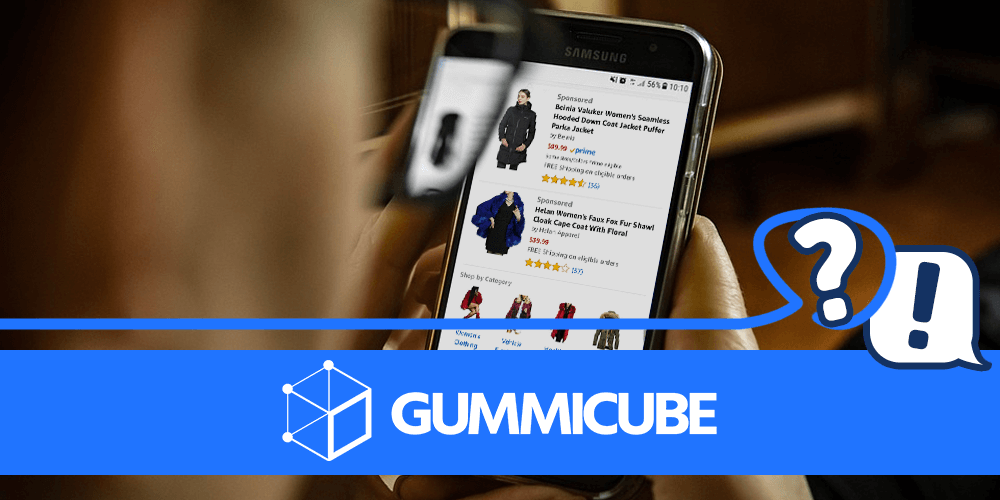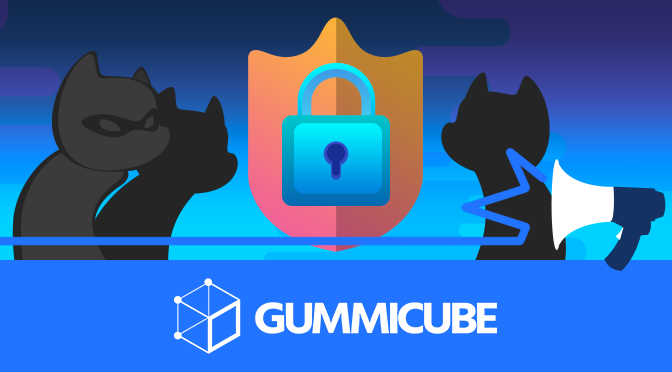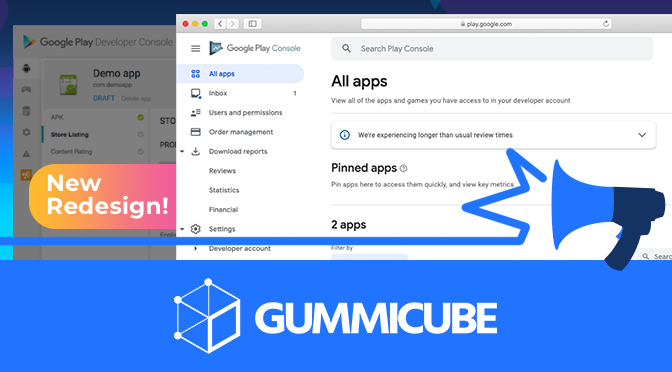
App Store Holiday Schedule 2020
Posted on November 23rd, 2020
When is the App Store Holiday Schedule 2020? Learn about the dates of this year's shutdown and how to prepare.

With Black Friday and Cyber Monday 2018 behind us, it’s important to look at how the holiday sales impacted app store profits across the US. 2018 sales reached a new record for the Apple App Store and Google Play Store, with combined spending of over $75 million.
Of the two stores, the Apple App Store saw the majority of the profits, with consumers spending $52 million on app purchases and in-app sales. Google Play earned less than half of that, with consumers spending $23.9 million on the Play Store. This is in line with the usual store profits; Apple’s App Store has consistently earned more than the Google Play Store. The App Store’s Q3 earnings were 93% higher than those of Google Play, so this degree of difference is not far off from their usual profits.
For both stores, the sales were a significant increase from 2017. Not only has the overall profit grown, so has the rate of growth. Consumers are not only spending more, the amount by which they’re spending more continues to increase. On the Apple App Store, for instance, consumer spending on the Apple App Store grew by 29% from 2016 to 2017, increasing from $30.6 million to $39.5 million. From 2017 to 2018, however, it grew by 31.6%. The continued proliferation of mobile devices and wide array of apps and mobile games available continues to drive more spending within the app stores, and nowhere is that clearer than on Black Friday. Surprisingly, Cyber Monday sales did not grow at as great a rate. While app revenue did increase from Cyber Monday 2017, it only grew by around 20% to $37 million. While this is still impressive growth, it’s nowhere near as large an increase as Black Friday saw.
The key driver for mobile app sales growth was mobile gaming, which accounted for 68% of Black Friday spending. In-game purchases for items such as loot boxes, unlockable characters or even just new skins for characters or weapons drove spending, resulting in consumers spending over $35 million on games alone. Outside of games, apps in the Sports or Food & Drink categories saw a boost too, growing by 49% and 34%, respectively. Of course, shopping apps also saw a huge surge in usage as consumers made online purchases as part of their Black Friday shopping – the top shopping apps boosted their downloads by an average 16% on Black Friday alone.
Spending within the App Store and Play Store continue to grow, and Black Friday will see more and more profits as the years go by. App developers will want to make the most of this, so it’s important to optimize for Black Friday and Cyber Monday as they grow closer each year. An app can better appeal to users and convince them to shop on it during Black Friday by optimizing for the holiday. This includes focusing on Black Friday keywords and updating the app’s screenshots and metadata to call out the sales it has to offer. From shopping apps to mobile games, Black Friday is a big day for sales. App Store Optimization is key to making sure users find an app and know what sales it has to offer. With it, the app can benefit from the shopping spree and increase in profits that Black Friday provides.

When is the App Store Holiday Schedule 2020? Learn about the dates of this year's shutdown and how to prepare.

Apple's App Store Guidelines have strict privacy requirements. Developers now must provide information to users on the App Store listing regarding the data they access.

The Google Play Developer Console has been updated with a new design and adjusted tools. What's different, and how will it impact App Store Optimization?